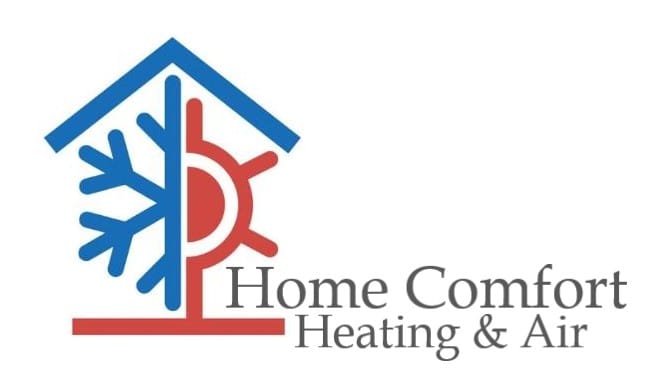
If you’re thinking about air conditioner installation in Elk River, you should also be looking at your new air conditioner’s SEER rating.
SEER is short for Seasonal Energy Efficiency Rating. Basically, it looks at how efficient your air conditioner is at transforming electricity into cold air. A greater number signifies your air conditioner is more efficient, which is great for your cooling expenses.
However, there are a lot of differing options available for air conditioners. And a greater SEER rating often involves a more expensive price. So, how can you find out which one is best for your home?
At Home Comfort Heating & Air, we provide a free, no-pressure home comfort analysis. You can book one by contacting us at 763-276-0617. Our experienced air conditioner installers will collaborate with you to help you pick the right air conditioner for your budget. Plus, they’ll also provide you with a free, no-obligation estimate.
Right now, let’s go over SEER ratings and how they can influence your loved ones’ comfort. And your utility costs.
Does SEER Rating Really Matter?
In 2016, the federal government created new SEER rules. New air conditioners are mandated at baseline 13 SEER in the northern United States and 14 SEER in the southeast and southwest. If you’re not sure when you had your air conditioner replaced or what its SEER rating is, you can look at the sticker on the condenser outside your home. If you can’t find the sticker, you can get in touch with us at 763-276-0617 for help.
If your air conditioner was put in before that time, it’s probably much less efficient. Cooling technology has quickly advanced in the past couple of years, with major developments in energy efficiency and smart home compatibility. Connecting your new air conditioner with a smart thermostat could help you spend less on AC expenses, since the thermostat can automatically manage your temperature settings when you’re out.
If your existing air conditioner has a SEER rating between 8 and 10, installing a 14-SEER system could save you close to 30–50% on annual electricity expenses. Your savings are tied to your air conditioner size and your thermostat settings.
Is the highest SEER Rating the Best?
An air conditioner with a better SEER rating will be more efficient at using electricity for cooling. The best efficient systems, which can go as big as 26 SEER, carry ENERGY STAR® endorsement. This designation signifies the air conditioner has achieved EPA requirements for energy savings and environmental conservation.
While ENERGY STAR air conditioners are typically more expensive, you’ll normally get the difference returned over the years through reduced electric bills. These air conditioners, which are frequently rated 16 SEER and greater, use about 8% less energy than other new systems, according to ENERGY STAR.
One of the biggest differences between a 14 SEER and 16 SEER is variable-speed capacity. A variable-speed air conditioner can operate at a number of speeds. This fine-tunes comfort for your house while keeping your cooling bills low. It can also keep temperatures and humidity more even, since it can operate for longer without requiring a lot more electricity.
When adding a variable-speed air conditioner, you’ll want to check that your furnace or air handler is compatible. This is since your air conditioner uses this unit’s blower to disperse chilled air around your house. Furnaces only run for around 20 years, so if yours is around that age, we suggest getting furnace installation at the same time so you can enjoy all the perks of your variable-speed air conditioner.
When you’re ready to replace your air conditioner, the cooling professionals at Home Comfort Heating & Air are ready to assist you. Call us at 763-276-0617 to set your free home comfort analysis now.

